Washington, D.C., is not a state; why not?
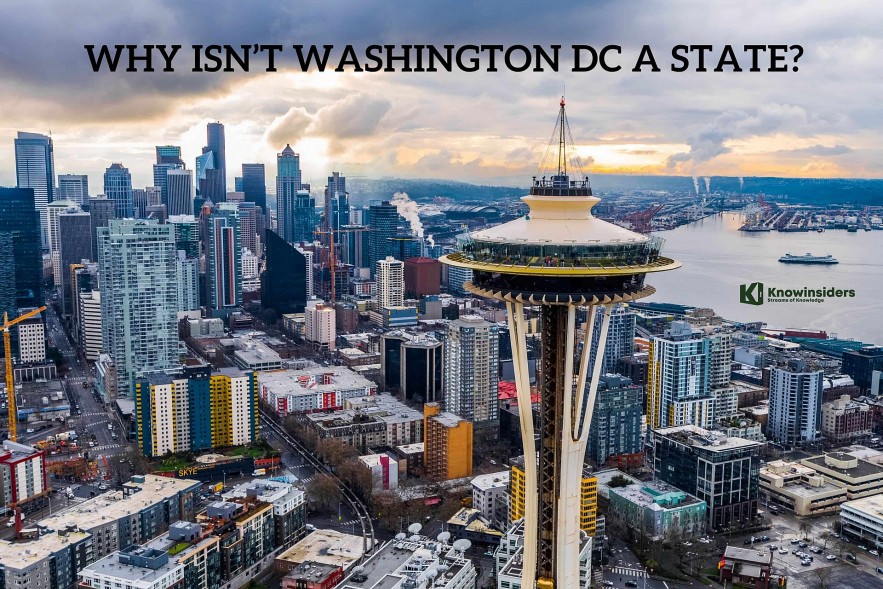 |
| Why Isn’t Washington DC a State? Photo: KnowInsiders.com |
| Contents |
The phrase "Taxation Without Representation" was first printed on all of Washington, DC's car number plates in 2000. It was changed to "End Taxation Without Representation" in 2016.
The license plate inscriptions highlight the fact that people living in Washington DC, pay federal taxes without having any representation in Congress through voting. It also symbolizes a portion of the city's lengthy history of fighting for autonomy and representation, just like the other 50 states.
When was Washington D.C. formed?
The founding date of Washington, D.C. was July 16, 1790. Because it was designed from the ground up to serve as the nation's capital and remain separate from the states, Washington, D.C. is a special and historic location among American cities.
Originally, in 1791, George Washington chose 100 square miles of land in Maryland and Virginia to be the site of the nation’s capital. But in 1847, thirty-one of those miles were returned to Virginia, which is why D.C. is now roughly one-third smaller.
The district was given the name Columbia, after Christopher Columbus, which had been America's nickname during the Revolutionary War. The new federal city that was added to the area was given the name Washington, after George Washington. The district also contained the cities of Alexandria and Georgetown.
Is DC considered a city, a state, or neither?
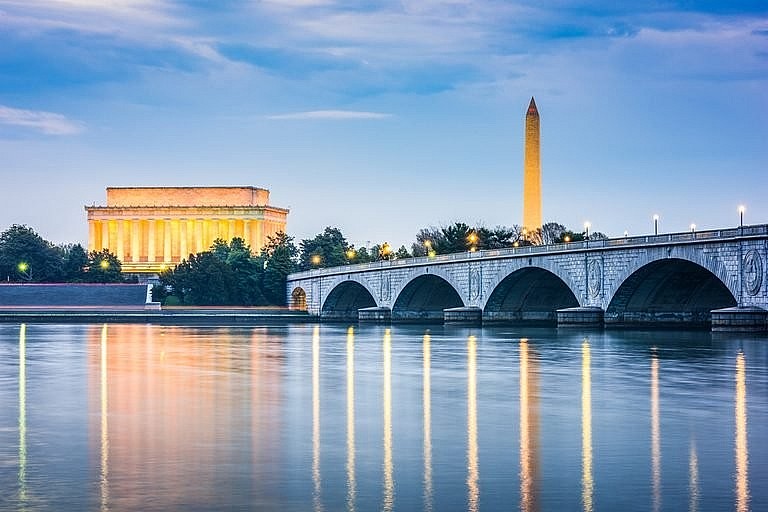 |
| Photo shutterstock |
D.C. is an abbreviation for the District of Columbia, which is a district rather than a state by definition. It serves as the US capital city as well.
How then did it become the District? That answer is complex and necessitates a review of the varied history of the city.
How many areas did D.C have?
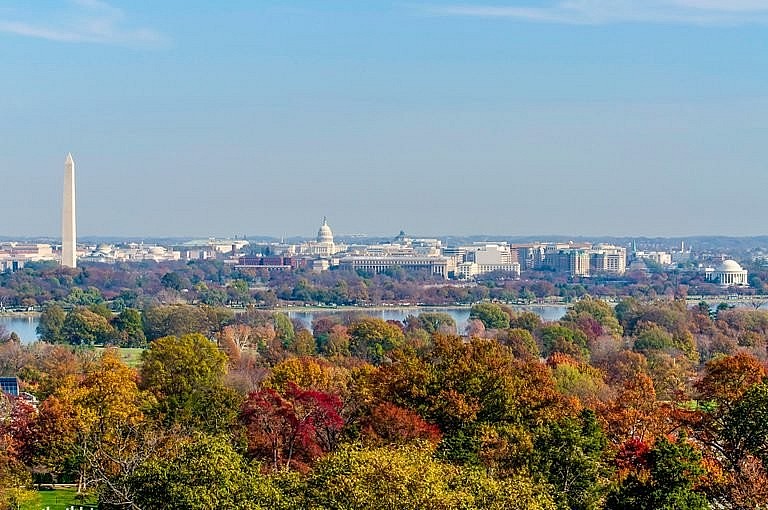 |
| Photo Getty |
Originally, D.C. consisted of five different areas:
Washington County, the more eastern and northern parts of D.C. that are closer to Maryland
City of Washington, the main core of the city with those federal buildings
Alexandria County, the south and west part of D.C. closer to Virginia
City of Alexandria, pretty much the same territory we know today
Georgetown, area similar to the neighborhood today
Who Governs Washington D.C.?
Like other states, D.C. is governed by its own set of laws, but it does not have a governor. Rather, the District is led by a mayor, who is Muriel Bowser at the moment.
There are three branches, each with a different title, much like a state. A mayor, not a governor. A council, not a state congress.
Along with running a public school system and police force under District administration, D.C. has its own set of regulations pertaining to food and drug inspection, unemployment benefits, and alcohol control. Karl Racine serves as its attorney general, and the Council of DC is its legislature. This is the reason why certain types of alcohol or marijuana might be legal within the District but illegal outside of it, such as in Maryland or Virginia.
Eleanor Holmes Norton, the only representative from D.C. in Congress, is unable to cast a ballot, as was previously mentioned. She lacks the actual authority to cast a vote, unlike other states, but she can participate in committees and influence decisions.
Two'shadow' senators from D.C. are presently held by Paul Strauss and Mike Brown. Although neither Brown nor Strauss are formally seated or sworn in by the US Senate, they are nevertheless able to speak out on behalf of their D.C. constituents on matters without having the ability to vote.
READ MORE: Who Was The First President of America: George Washington's Biography, Personal Life, Fun Facts
D.C statehood was prohibited by the Constitution
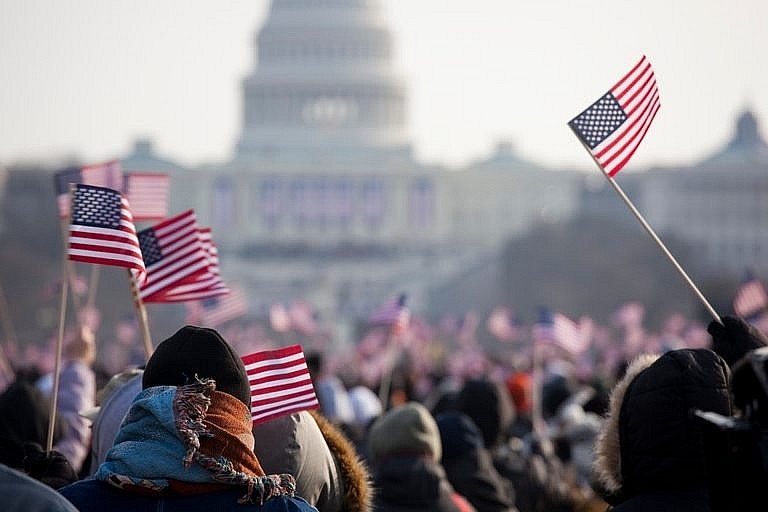 |
| Photo Getty |
The Founding Fathers intended for no state to possess the disproportionate power that they thought the capital would have when they drafted the Constitution. Therefore, it was expressly stated in Article 1, Section 8 of the Constitution that a federal district would serve as the seat of government and that Congress would have exclusive jurisdiction over it.
The district's "southern" location was determined by a compromise known as the Compromise of 1790, in which the federal government took on the states' outstanding debt from the Revolutionary War. Both Virginia and Maryland ceded land to form the district. The location of the capital served as a negotiating chip because states like Maryland and Virginia had already paid off their debts and were hesitant to be taxed to aid in the reduction of other states' debts.
If you live in D.C., your voting rights are fairly newThe Electoral College prevented citizens of Washington, D.C. from casting ballots in presidential elections prior to 1961. Each state's share of senators and House of Representatives members determines how many electoral votes it receives. For many years, voters in D.C. were unable to participate in elections because the city is not a state and does not have voting representatives in Congress. The 23rd Amendment to the Constitution, which was ratified in 1961, granted D.C. the electoral votes it would have received as a state, up to the number of electors held by the state with the fewest residents. Wyoming currently holds three electors in that state. Therefore, D.C. is limited to three electoral votes. Uncertain of what an electoral vote actually is? |
Why wasn’t D.C. a state from the beginning?
The American Founding Fathers, however, decided that the federal government could not be located in a state when they were drafting the Constitution. Early in the American post-Revolutionary period, the country would see multiple temporary capitals, all of which were located in northern cities like Philadelphia and New York. The Founding Fathers determined that the new country needed a permanent capital when they were writing the Constitution in 1787. However, they were hesitant to grant a single state that much authority.
Thus, "[The Congress shall have Power] To exercise exclusive Legislation...over such District (not exceeding ten Miles square) as may...become the Seat of the Government of the United States," as stated in Article 1, Section 8 of the Constitution. The article added that the 100-mile district would be formed from state-ceded land, making the new stateless seat of government independent of all states. See more American history facts that you were not taught in school.
However, the founders' differences—between the more northern Alexander Hamilton and the more southern Thomas Jefferson—were exacerbated by the location. Hamilton believed that a capital in the north would aid in the settlement of unpaid debts related to the Revolutionary War. Jefferson was concerned about the concentration of power in the hands of bankers and economic gurus, most of whom resided in the northern states. George Washington himself decided on a spot near the Potomac River as a compromise. This new capital was established in 1790, and the two states that would give land for it were the southern Virginia and the northern Maryland. To put it briefly, D.C. becoming a state would be in clear violation of the Constitution.
However, the Constitution was meant to be amended, and we have come a long way since the Founding Fathers lived. Thus, the debate over statehood goes on. Put your knowledge of the US Constitution to the test.
Hasn't D.C. tried to be a state before?
Yes.
The argument put up by opponents of D.C. statehood is that the nation's capital should never have been a separate state under the Constitution. According to them, establishing a new state would require a constitutional amendment and give it disproportionate control over what the federal government can and cannot do. Washington, Douglass Commonwealth is the state that would be created.
House bills H.R. 810 and H.R. 381, which attempted to retrocede D.C. to Maryland for voting rights purposes in 2001 and 2003, were unsuccessful. Additionally, the District of Columbia Voting Rights Restoration Act of 2004 suggested that, solely for the purpose of congressional representation, residents of D.C. be regarded as Maryland residents. Committee never produced a result.
With legislation as recent as October 2020, Republican lawmakers have retreated from the battle for D.C. statehood. They have proposed measures that would severely restrict the number of senators a new state could have or strongly favor Maryland retrocession.
Retrocession would keep D.C. citizens in Congress by making them Maryland citizens for voting purposes, but it would prevent the House and Senate from receiving more seats.
Still, the Senate must approve D.C. statehood before it can be implemented. And you might see that happen sooner rather than later with a newly reorganized Congress.
What will happen if Washington, D.C. becomes a state?
Two new senators and a member of the House of Representatives would be added to Washington, D.C. (One of the main reasons House and Senate Republicans are against statehood is that those senators would probably be Democrats.) Instead, Muriel Bowser, the mayor, will be referred to as the "governor."
With the exception of a "capital district" that would remain under the jurisdiction of the federal government, the entire area that currently houses Washington, D.C. would be the territory of the new state. The White House and the structures and memorials encircling the National Mall would fall under this district.
The capital would also get a new name! The "D.C." will now stand for "Douglass Commonwealth" rather than the District of Columbia. Frederick Douglass, an abolitionist who spent 17 years there, is honored by this. See some more startling information about Washington, D.C. that you probably never knew after that.
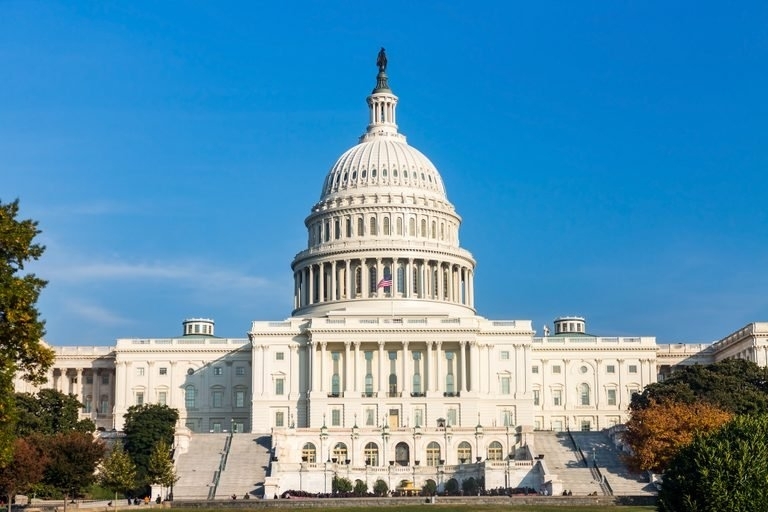 How Washington DC Became the US Capital How Washington DC Became the US Capital On July 16, 1790, Congress declared the city of Washington in the District of Columbia, the permanent capital of the United States. How did Washing ... |
 10 Most Powerful Women in Washington 10 Most Powerful Women in Washington To learn more about who are the most powerful women in Washington DC in national power, politics, business, education, legal, medicine and more. |
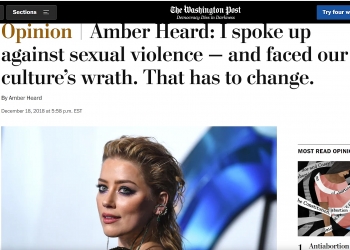 Full Text of Washington Post's Article Written by Amber Heard in 2018 Full Text of Washington Post's Article Written by Amber Heard in 2018 The lawsuit between Johnny Depp and Amber Heard of Hollywood stems from the actress's article in the Washington Post in 2018, two years after they ... |

























